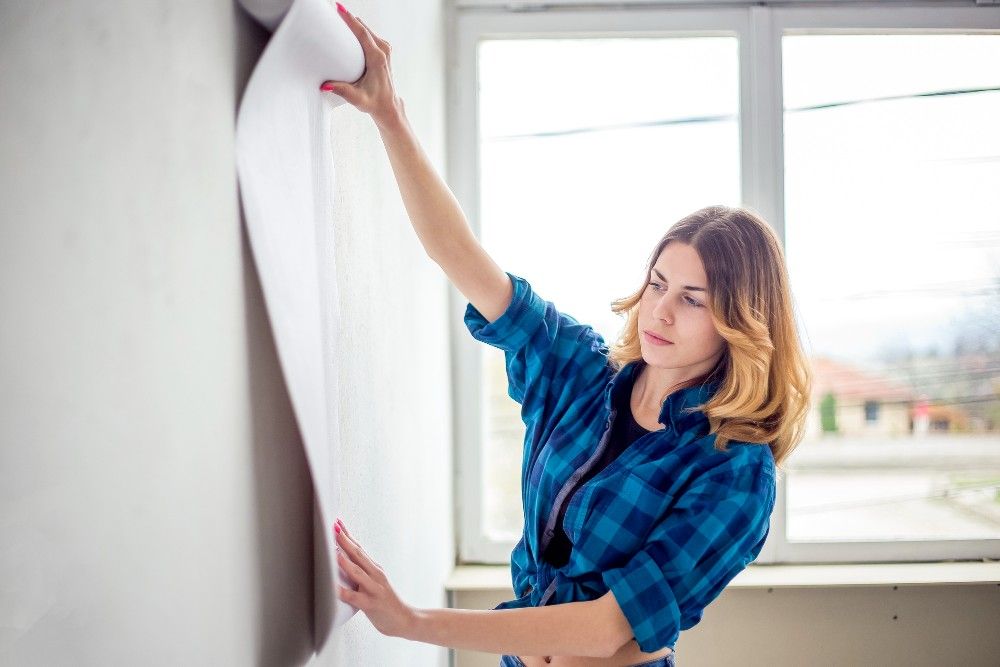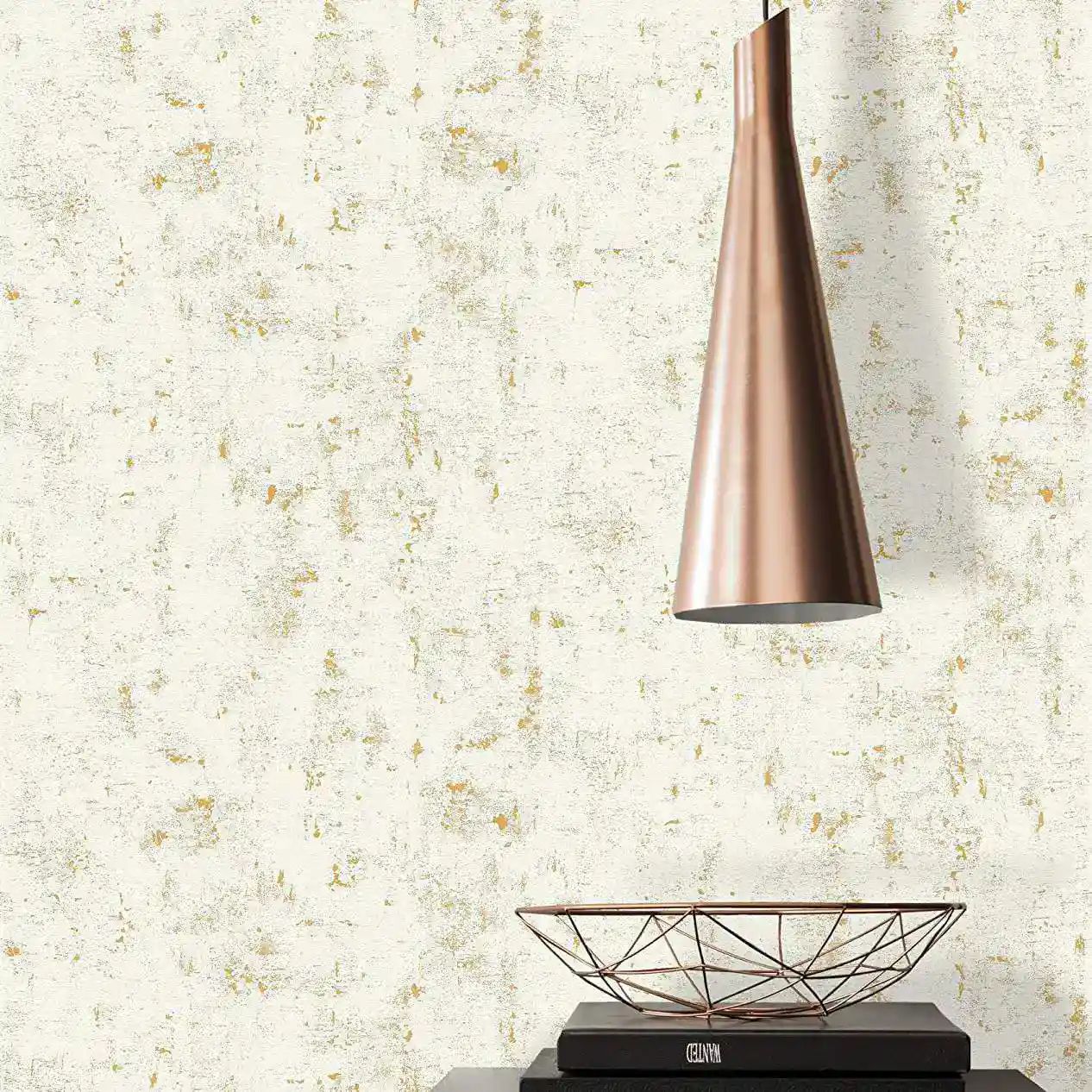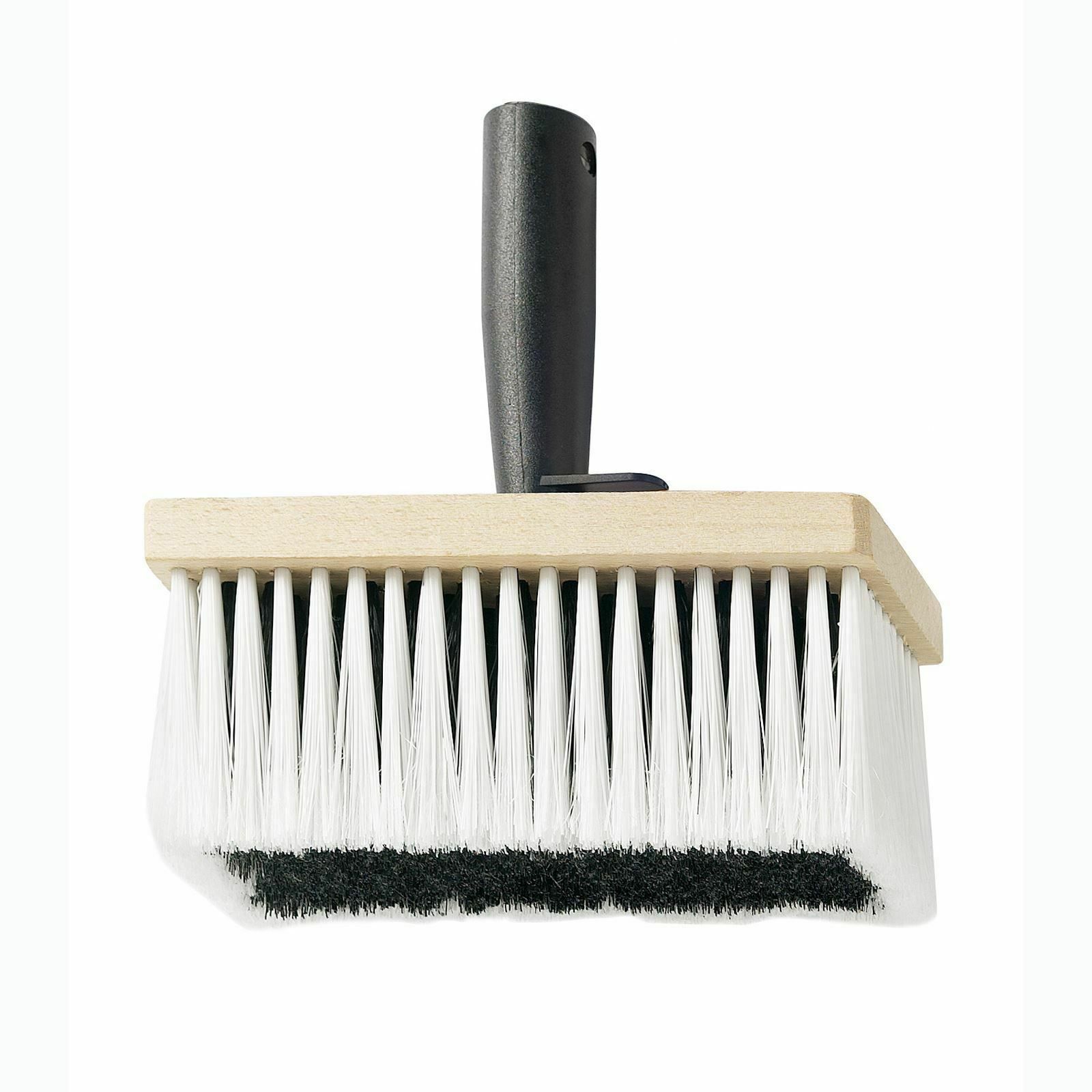The adhesive you choose will dictate the success of the wallpaper application. Before diving head into pasting, take the time to consider which wallpaper adhesive solutions are appropriate.

When it comes to wallpapering, the key to a flawless finish often lies in the choice of adhesive. Often overlooked, it plays a crucial role in the application and endurance of your wallpaper. Whether you're a seasoned decorator or a first-time DIYer, we’re here to equip you with the knowledge needed to ensure lasting beauty and durability.
Types Of Wallpaper Adhesive
First and foremost, it’s worth nothing that there is no one-size-fits-all solution to wallpaper; it’s about finding the right fit for the task at hand. In other words, the adhesive you choose will dictate the success of the application process and the longevity of your wallpaper. Before diving head first into a pasting frenzy, take the time to consider which wallpaper adhesive is appropriate.
Standard Adhesives
Standard adhesives are the most commonly used, ideal for light to medium-weight papers. Pride Wallcovering Adhesive, for example, is perfect for hanging washables, textured and blown vinyls, lining papers, and embossed wallpapers. It provides a reliable hold and is easy to work with, making it a great choice for beginners and professionals alike.
Heavy Duty Adhesives
These adhesives are formulated for more challenging wallpapering tasks. Ideal for heavy or luxury wallpapers, including those with a substantial fabric, textured, or vinyl base, heavy duty adhesives ensure a strong, lasting bond. Their enhanced adhesive strength is crucial in preventing issues like edge curling and seam splitting, common in heavier wallpapers. This type of adhesive is often preferred in high-moisture areas, such as bathrooms and kitchens, where the wallpaper needs to withstand more challenging conditions.
PVA Bond
This versatile bonding agent doubles as a primer and sealer, ideal for preparing walls before wallpapering. It's especially useful for sealing unsound, stained, or dry surfaces, ensuring a strong and even foundation for wallpaper application. PVA Bond is an essential prep product for ensuring long-lasting adhesion of your wallpaper.
Specialty Adhesives
Specialty adhesives are tailored for unique or delicate wallpaper types that require careful handling. These include wallpapers such as grasscloth, silk, foil, and other fine or easily damaged materials. The formulation of these adhesives is adjusted to minimise the risk of staining or marking the wallpaper and to ensure a secure bond without overwhelming the delicate material. Often, these adhesives are clearer and have less moisture content to prevent shrinkage or expansion of sensitive wallpapers. They are essential for preserving the integrity and appearance of high-end and specialty wallpaper finishes.
Paste-the-Wall Adhesives
Finally, when time is of the essence or resources are scarce, paste-the-wall adhesives simplify the process. You apply the adhesive directly to the wall instead of the wallpaper. This method is particularly effective for non-woven wallpapers and reduces mess and waste.
Paste To Paper Adhesives: Preparation and Application
For a successful paste-to-paper wallpaper application, start by preparing both the wallpaper and the wall. Ensure the surface is clean, dry, and smooth, filling any holes or cracks and sanding as necessary. Lay the wallpaper flat on a pasting table or another clean, flat surface, facing down.
Mix the adhesive by following the manufacturer's instructions for water-to-powder ratio, stirring until smooth. Some adhesives may require a brief resting period to achieve the right consistency. Apply the paste evenly across the entire back of the wallpaper using a pasting brush or roller, paying extra attention to the edges and corners to avoid lifting.
After applying the adhesive, allow the wallpaper to 'book' by gently folding it onto itself, adhesive side in, for a few minutes. This process helps the adhesive penetrate the wallpaper evenly. When hanging the wallpaper, align it carefully at the top of the wall, pressing lightly against the wall from the top down. Use a wallpaper brush or smoother to gently press the paper onto the wall, working your way from the top downwards and from the middle outwards. This helps to smooth out any air bubbles and ensures good adhesion, providing a professional and lasting finish.
It goes without saying that the success of your wallpapering project depends on the quality of the materials you use. Whether you're a seasoned decorator or embarking on your first DIY project, our range caters to every style and requirement. From adhesives and accessories to wallpapers and murals, browse our collection today.


